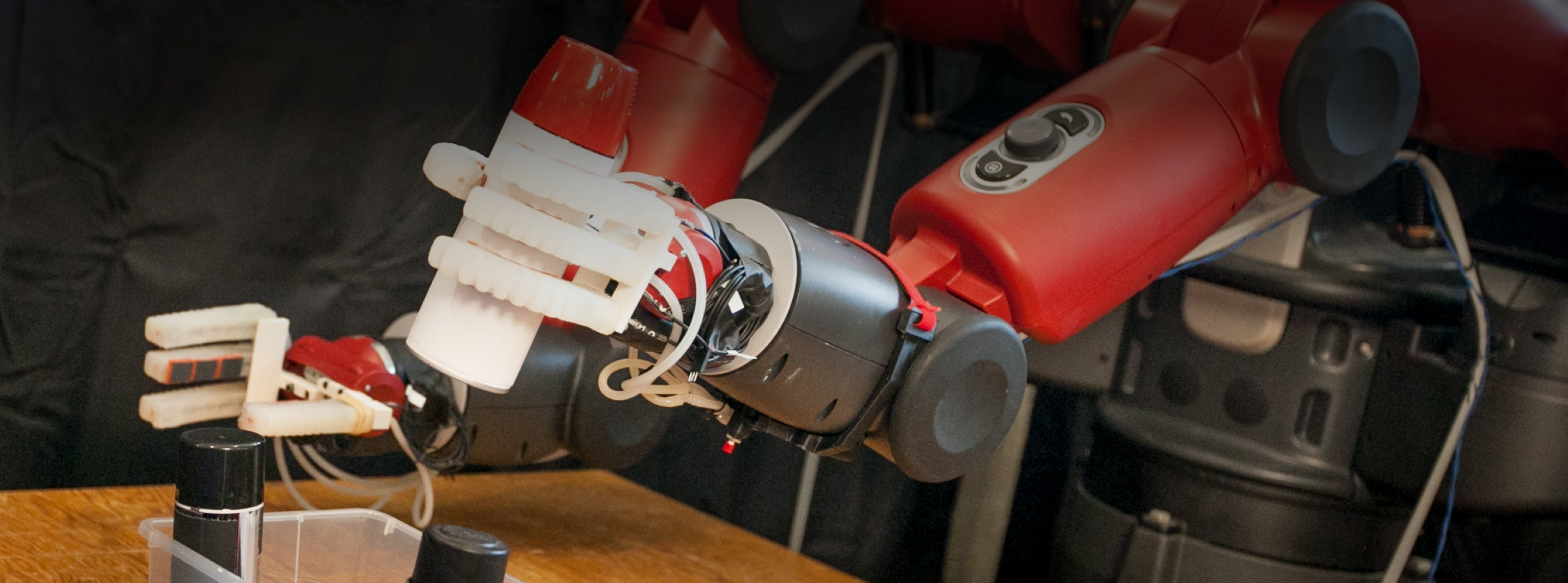WRITTEN BY: Layla Glatman | VIDEO BY: Nate Caldwell
Originally from the state of Bihar in eastern India, Anurag Ajay first came to the United States to receive his bachelor’s degree from The University of California, Berkeley in electrical engineering and computer science. Following his studies at Berkeley, Ajay received his S.M. in electrical engineering and computer science from MIT with Professor Josh Tenenbaum and Professor Leslie Kaelbling acting as his advisors.
Currently, Ajay is a PhD student working with the Department of Electrical Engineering and Computer Science at MIT CSAIL, where he is advised by Professor Pulkit Agrawal. Ajay enjoys learning new mathematical and statistical techniques and applying them within his research, sharing that his continuous interest in creating new things that solve real-world issues acts as his greatest motivator.
“My research goal is to design algorithms that can enable agents to continuously interact, learn, and perform complex tasks in their environments.” Ajay said. “To this end, I am interested in learning Visuomotor Priors for Behavior Transfer: leveraging past interactions to learn both visual and control priors that allows agents to quickly adapt to new environments.”
Ajay’s current project explores robots interacting with new environments. “When a robot encounters something that it’s never seen before, we study how it goes about exploring the environment in order to learn how to perform tasks after a small number of interactions within this environment.” Ajay explained.
Along with his team, Ajay’s main research question for this project is “How do these robots use their past knowledge in order to explore new environments in an intelligent way and solve the tasks which they are assigned?” He compares this behavior to that of people entering new environments, providing the example of people going on vacation and staying in hotels, where many can figure out how to use the appliances provided by using their prior knowledge.
By creating simulated environments for robots to explore, specifically tabletop environments, Ajay and his team are able to study how the robots figure things out in different settings, such as how they identify objects and where they are located. As these robots continue exploring various environments and collecting more data, they should gradually improve at figuring out how to complete the tasks assigned to them, wherever they are. Going forward, Ajay hopes to continue developing these robots to operate at a higher level, which entails having the capacity to be helpful to people by successfully completing tasks around the homes of many.
Following the completion of his PhD, Ajay aims to further pursue his current research goal and make advancements, such as the robots adapting to new environments quicker and needing less time to complete tasks. Ajay plans on choosing whichever setting will provide the proper resources to help him make significant progress in accomplishing his research goal, whether that be in academia or industry.

